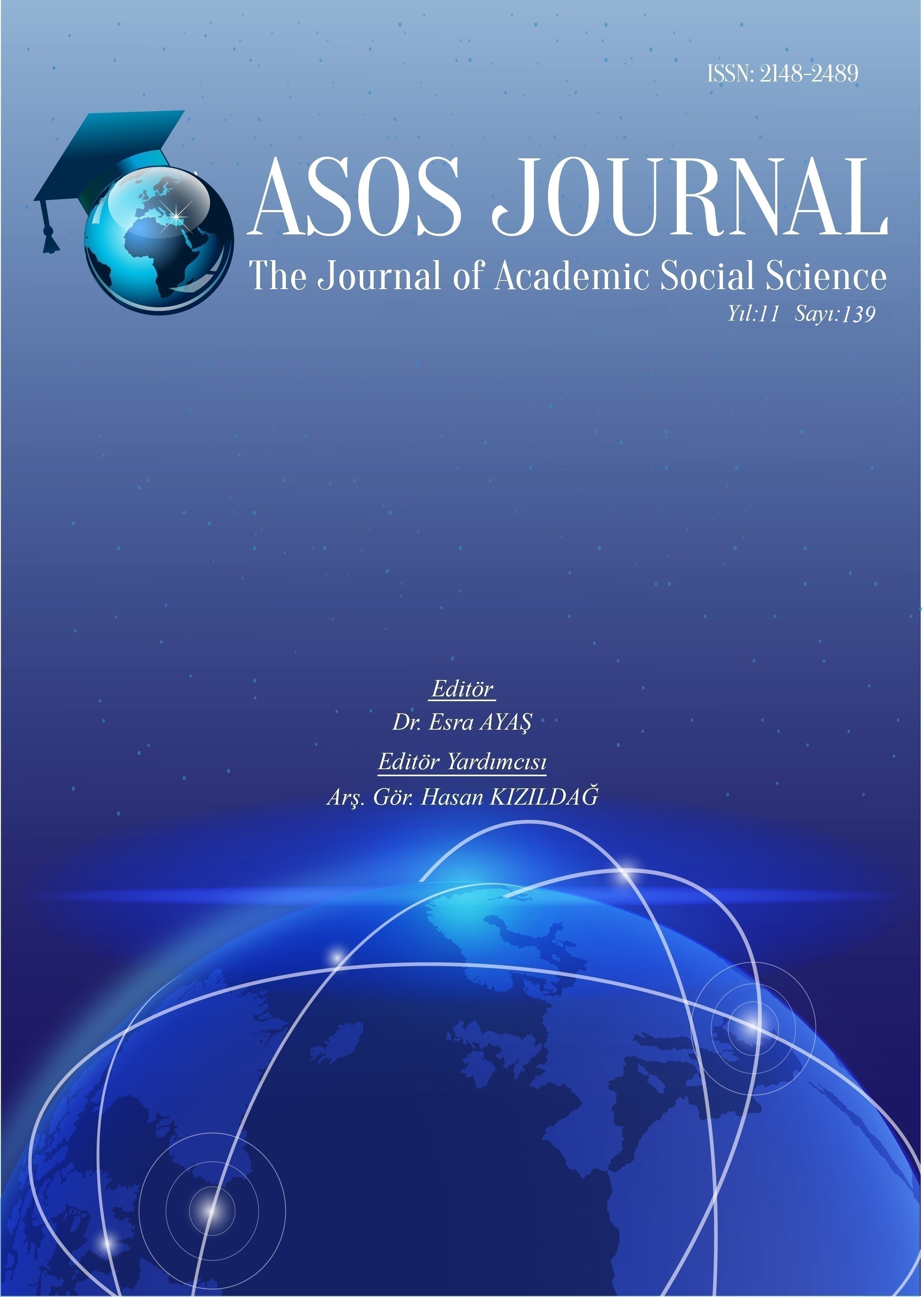Author :
Abstract
Bu çalışmanın en temel amacı Reşat Aysu Muhayyer Kürdi saz semaisinin evrensel keman çalma teknikleri kullanarak akademik bir boyutta seslendirilmesini sağlamaktır. Çalışma kendi müzik kültürümüz ve kendi bestecilerimizin ürünü olan makamsal eserlerin aktif olarak keman eğitiminde kullanılabilmesi açısından önemli görülmektedir. Araştırmanın evrenini Reşat Aysu’nun bestelediği saz semaileri, örneklemini ise bu saz semaileri içinden seçilen ve keman eğitimi ve keman çalma teknikleri açısından daha uygun olduğu düşünülen Muhayyer Kürdi saz semaisi oluşturmaktadır. Seçilen bu eser öncelikle ezgisel yapısı ve müzikal özellikleri açısından incelenmiştir. Daha sonra eser üzerinde yay teknikleri ile ilgili çalışmalar yapılmış ve eserin seslendirilmesinde legato, detache, staccato ve spiccato gibi yay teknikleri kullanılarak daha akıcı, dinamik ve parlak bir tını oluşturulmaya çalışılmıştır. Ayrıca eser üzerinde 1-3 ve 5. pozisyonları kapsayan çalışmalar yapılarak eser keman için uyarlanmıştır. Eserin ezgisel yapısında var olan çeşitli pasajların, entonasyon, ajelite gelişimi, konum ve çalgı hakimiyeti gibi pek çok konuda olumlu katkı sağlayabileceği düşünülmektedir. Benzer çalışmalar Sirto, Longa, Peşrev vb. Türk müziği beste formaları ve başka makamlar ile de yapılabilir.
Keywords
Abstract
The main purpose of this study is to provide the vocalization of Reşat Aysu Muhayyer Kürdi saz semai in an academic dimension using universal violin playing techniques. The study is considered important in terms of being able to actively use maqam works, which are the products of our own music culture and our own composers, in violin education. The universe of the research consists of saz semais composed by Reşat Aysu, and the sample is Muhayyer Kürdi saz semai, which is selected from these saz semais and thought to be more suitable in terms of violin education and violin playing techniques. This selected piece was first examined in terms of its melodic structure and musical characteristics. Later, studies on bow techniques were carried out on the piece and a more fluid, dynamic and bright timbre was tried to be created by using bow techniques such as legato, detache, staccato and spiccato in the vocalization of the pieces. In addition, the work was adapted for violin by making studies covering the 1st, 3rd and 5th positions on the piece. It is thought that the various passages in the melodic structure of the piece can contribute positively to many issues such as intonation, agelite development, position and instrument dominance. Similar works Sirto, Longa, Peşrev etc. Turkish music can also be performed with composition forms and other makams.





